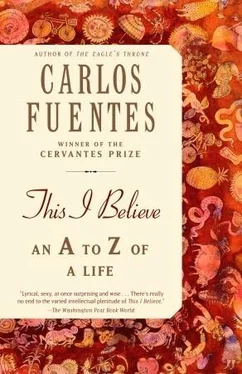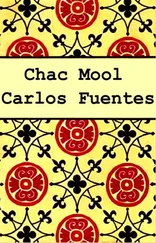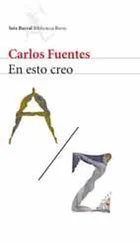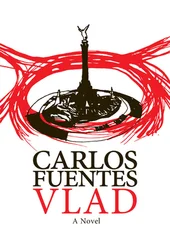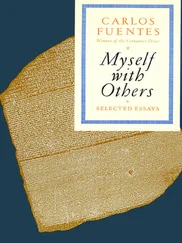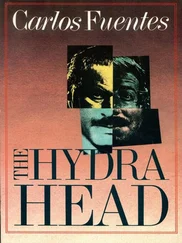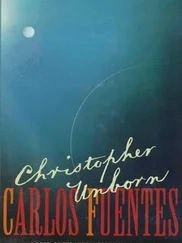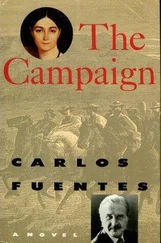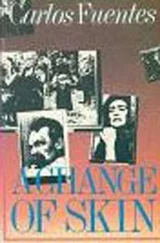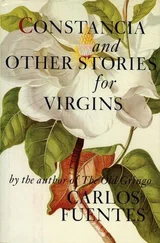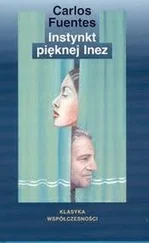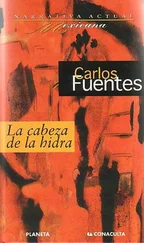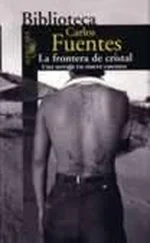I must admit that all my potential for irony, well established on the shores of Lake Leman, fell to pieces the night my friends invited me to dinner at the Baur au Lac, a hotel by the lake. In reality the restaurant was a barge, a terrace that floated on the lake. Reached only by a narrow gangplank, it was lit by Chinese lanterns and flickering candles. As I unfolded my stiff white napkin amid the tinkling sounds of silver and glass, I looked up and my eyes came to settle on the group at the table next to us.
Three ladies were dining with an older gentleman in his seventies; he was as stiff and elegant as the starched napkins, dressed in a white double-breasted dinner jacket and an immaculate shirt and tie. With his long, delicate fingers he sliced a cold pheasant with the utmost refinement. Even as he ate, he seemed as erect as a candle, and his bearing was one of military severity. His face betrayed “a growing fatigue,” but his lips and jaw were set in a semblance of pride that sought desperately to hide his exhaustion. His eyes shone with “fiery and playful caprice.”
On that summer night in Zurich, as the carnival lights twinkled against those of the restaurant upon the features that I finally recognized, the face of Thomas Mann was a theater of hushed, implicit emotions. He ate, letting the ladies do the talking; he was, to my very captivated attentions, the creator of times and spaces in which solitude is the mother of a “beauty unfamiliar and dangerous” but also the soul of the perverse and the illicit. There was no way I could prove the accuracy of my intuition that evening of my youthful, if distant, encounter with an author who had literally shaped the writers of my generation. From Buddenbrooks to the great novellas to The Magic Mountain, Thomas Mann had been the securest link in our Latin American literary connection to Europe. Because if Joyce was Ireland and the English language, and Proust was France and the French language— well, Mann was even more than Germany and the German language. As young readers of Broch, Musil, Schnitzler, Joseph Roth, Kafka, and Lernet-Holenia, we knew that the German language was more than just Germany. It was the language of Vienna and Prague and Zurich, sometimes also that of Trieste and Venice. But it was Mann who pulled all of them together into a European language based on the European imagination — a whole that was far greater than its various parts. To our young Latin American minds, Mann was already what Jacques Derrida would later call “the Europe which is what has been promised in the name of Europe.” Watching Mann eat his dinner that evening in Zurich, the two spaces of that spirit, Europe and Zurich, became united together in my mind and would remain as such forevermore. Thanks to that meeting without a meeting, I crowned Zurich as the true capital of Europe that night.
It was odd. It was impertinent. Did I dare approach Thomas Mann — me, a twenty-one-year-old Mexican student with many nights of reading under my belt but with little of the intellectual sophistication that was still so far beyond my grasp? In a memorable essay, Susan Sontag recalls how she, at an even younger age, penetrated the inner sanctum of Thomas Mann’s home in Los Angeles in the 1940s, and discovered that though she had precious little to say, she had plenty to observe. I had nothing to say but, like Sontag, much to observe as well.
And there he was again the next day, at the Hotel Dolder, where he was staying. Dressed all in white, dignified but one degree short of the stiffness of the previous night, his eyes were somehow more alert, more horizontal. Out on the courts, a group of young men played a game of tennis but he had eyes for only one of them — who seemed to be the Chosen One, Apollo in tennis whites. To be sure, he was a very beautiful young man, no more than twenty, twenty-one years old. My age. Mann could not take his eyes off him and I couldn’t take my eyes off Mann. I was witnessing a scene from Death in Venice, only thirty-eight years later, when Mann was no longer thirty-seven (his age when he wrote the sublime novella of sexual desire) but seventy-five, older even than the feeble Aschenbach, yearning for young Tadzio from afar on the Lido — where, twenty years after seeing Mann in Zurich, I saw Luchino Visconti in the company of Carlos Monsiváis, filming Death in Venice with Silvana Mangano, a woman who encompassed all forms of beauty and desire, even those of androgyny.
That morning in Zurich, the situation was replayed— astoundingly, famously, painfully the same. Mann — dignified man of letters, Nobel Prize winner, septuagenarian — could not hide, from me or anyone else, his passionate ache for a twenty-year-old boy playing tennis on a court at the Hotel Dolder one radiant morning in Zurich in June of 1950. That was when a young woman found her father, seemed to chide him affectionately, and forced him to abandon his passionate post and return with her to everyday life — not only that of the hotel but that of this tremendously disciplined author whose Dionysian impulses were forever being controlled by the Apollonian dictate to enjoy life only if you are able to give it form.
I saw it that morning. For Mann, the artistic form preceded the forbidden flesh. Beauty was to be found in art, not in the formless, fleeting, and ultimately rotten carcass of our desires. It was a dramatic and unforgettable moment for me: a true commentary on the life and work of Thomas Mann — the arrival of his daughter Erika, visibly admonishing her father for his weaknesses, gently pushing him to return, if not to the order of cuckoo-land, to the order of the spirit, literature, and the artistic form, where Thomas Mann could have his cake and eat it too, be the master and not the plaything of his emotional life.
I sat down to eat lunch with my German Mexican friends in the dining room at the Dolder. The young man who waited on us was the one whom Mann had been admiring that morning. He hadn’t had time to bathe and smelled lightly of healthy, athletic perspiration. The headwaiter imperiously turned to him— “Franz”—and he went scurrying off to another table.
And so there was something of mystery in Zurich, something more than cuckoo clocks. There was irony. And rebellion. There was the Café Voltaire and the birth of Dada, in the middle of the bloodiest war ever waged on European soil. There was Tristan Tzara giving rationalism the finger: “Thought is made in the mouth.” And there was Francis Picabia creating art out of nuts and bolts. There was Zurich, telling a decaying, bloodstained, hypocritical world that sanctioned death in the trenches in the name of some kind of superior rationalism, “All that we see is false.” From this simple premise, uttered by the impertinent, monocled Tzara from his spot at the Café Voltaire, sprang a revolution of sight and sound and humor and dream and skepticism that in the end buried the complacency of nineteenth-century Europe, though it could not prevent the barbaric events still to come. Was Europe still not quite “what had been promised in the name of Europe”? Could it ever be? Would Europe be reduced to the night and shadows of Treblinka and Dachau? Yes, if we accepted the notion that everything that came out of Zurich— Duchamp and the Surrealists, Hans Richter and Luis Buñuel, Picasso and Max Ernst, Arp, Magritte, Man Ray — was not “what had been promised in the name of Europe.” But it was. The thing that had always been promised in the name of Europe was the criticism of Europe — Europe’s own warning to herself against her own arrogance, smugness, and surprised confusion when the first blows of adversity finally began to fall. It was the same warning that the artists of Zurich had issued in 1916. And it should be issued once again, now that the ghosts of racism, xenophobia, anti-Semitism, and anti-Islamism are rearing their heads again, reminding us once more of Joseph Conrad’s words in Under Western Eyes, that “there are phantoms of the living as well as of the dead.”
Читать дальше
